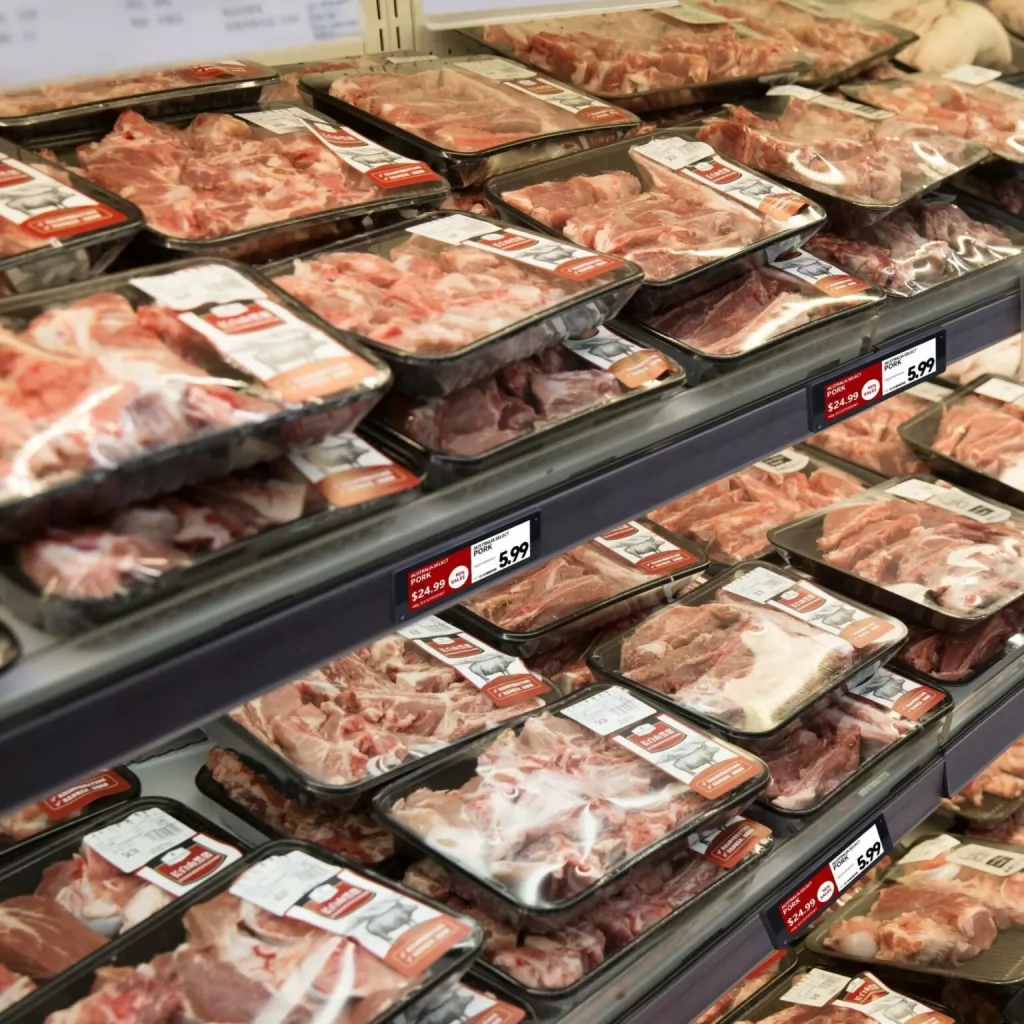In the ever-evolving landscape of retail technology, Electronic Shelf Labels ESL have emerged as a transformative force, and ESL 2.0 is poised to usher in the next wave of advancements. ESLs, originally introduced to streamline pricing updates, have evolved into dynamic, interactive tools that enhance the overall shopping experience. ESL 2.0 builds upon this foundation by incorporating cutting-edge technologies and features that redefine the role of shelf labels in modern retail environments. One of the key features of ESL 2.0 is enhanced connectivity. Traditional ESLs often relied on a unidirectional communication system, limiting their capabilities. ESL 2.0, however, leverages the power of the Internet of Things IoT, allowing for real-time, bidirectional communication. This connectivity enables instant updates on product information, promotions, and pricing, ensuring that consumers are presented with the most accurate and up-to-date details. Retailers can also use this connectivity to gather valuable data on customer behavior, helping them tailor their strategies to meet evolving consumer preferences.
 Furthermore, esl label embraces advancements in display technology. High-resolution, color e-paper displays are becoming the new standard, providing vibrant visuals and allowing for greater flexibility in showcasing product information. These displays are not only visually appealing but also contribute to sustainability efforts, as they require minimal energy to operate and can significantly reduce paper waste associated with traditional labeling systems. The integration of ESL 2.0 with mobile applications is another notable development. Retailers can now provide customers with a seamless and immersive shopping experience by allowing them to interact with ESLs through their smartphones. This interaction may include accessing detailed product information, receiving personalized promotions, or even participating in augmented reality experiences. This convergence of ESL technology with mobile applications not only enhances customer engagement but also opens up new avenues for targeted marketing and loyalty programs.
Furthermore, esl label embraces advancements in display technology. High-resolution, color e-paper displays are becoming the new standard, providing vibrant visuals and allowing for greater flexibility in showcasing product information. These displays are not only visually appealing but also contribute to sustainability efforts, as they require minimal energy to operate and can significantly reduce paper waste associated with traditional labeling systems. The integration of ESL 2.0 with mobile applications is another notable development. Retailers can now provide customers with a seamless and immersive shopping experience by allowing them to interact with ESLs through their smartphones. This interaction may include accessing detailed product information, receiving personalized promotions, or even participating in augmented reality experiences. This convergence of ESL technology with mobile applications not only enhances customer engagement but also opens up new avenues for targeted marketing and loyalty programs.
Security and data integrity have always been paramount in the retail sector, and ESL 2.0 addresses these concerns with advanced encryption and authentication protocols. Retailers can rest assured that the information displayed on ESLs is secure and accurate, reducing the risk of errors or unauthorized alterations. This heightened security not only protects the interests of the retailers but also fosters trust among consumers who rely on accurate pricing and product details. In conclusion, ESL 2.0 represents a significant leap forward in the realm of electronic shelf labels. The convergence of enhanced connectivity, advanced display technology, mobile integration, and robust security measures positions ESL 2.0 as a game-changer in the retail industry. As retailers navigate the next wave of ESL advancements, they are not only embracing efficiency and sustainability but also redefining the very essence of the shopping experience for consumers in the digital age.